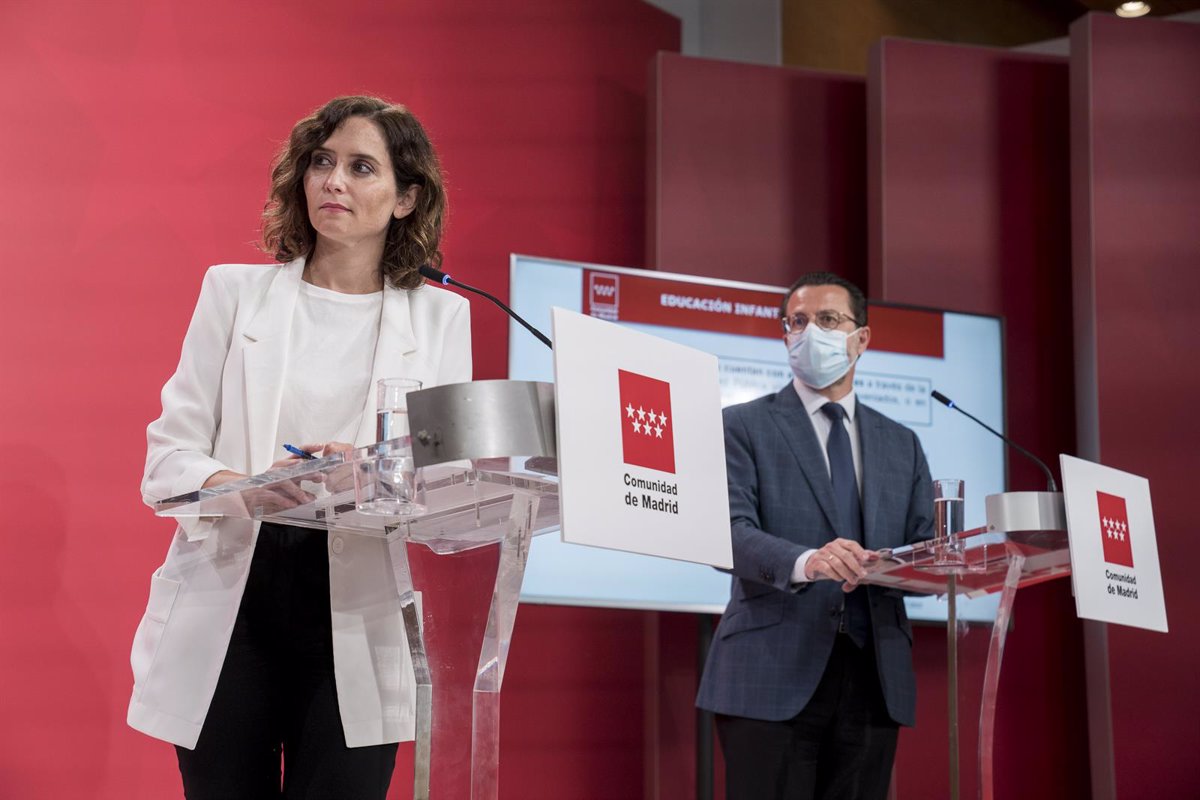On December 27, 2020, Spain began its vaccination campaign. The first to receive the puncture was Araceli Hidalgo and, since then, more than 65 million doses have been inoculated and almost 33 million people have the complete regimen. This Wednesday, September 1, or Thursday at the latest, 70% of the population is expected to be fully immunized.
These figures are very far from the forecasts that the president of the Popular Party, Pablo Casado, made at the end of January in a ceremony in Catalonia. “He did not pay attention to the vaccination plan and right now, if we continue at the rate of that government’s ‘no plan’ of vaccination, it would take four years to have the entire Spanish population immunized,” the opposition leader accused Pedro Sánchez then. “I say this because Sánchez’s candidate here (for Salvador Illa) said that by the summer we would be immunized to 70%,” continued Casado.
It is true that until April, the autonomous communities put around 100,000 daily doses on average. They were vaccines, a resource that must be produced and which is not infinite, which were received at that time, but which was expected to increase. That month, single-dose serums from Janssen began to arrive and the reception of doses from Pfizer and Moderna was regularized, which have been a boost to vaccination. At the beginning of July, an average of 577,000 doses were inoculated per day.
In any case, the vaccination process in Spain has been carried out successfully so far, complying with the schedule designed by the health authorities. In fact, the rate of vaccination in Spain has advanced at a better rate than the European average, it is one of the countries with the highest percentage of the population vaccinated and the one with the least reluctance on the part of the population to receive the puncture.
In addition, Spain surpassed the milestone of 70% of the vaccinated target population already on August 13. That is, the population that can receive the vaccine and that does not include those under 12 years of age, for whom its administration is not yet authorized.
– .


